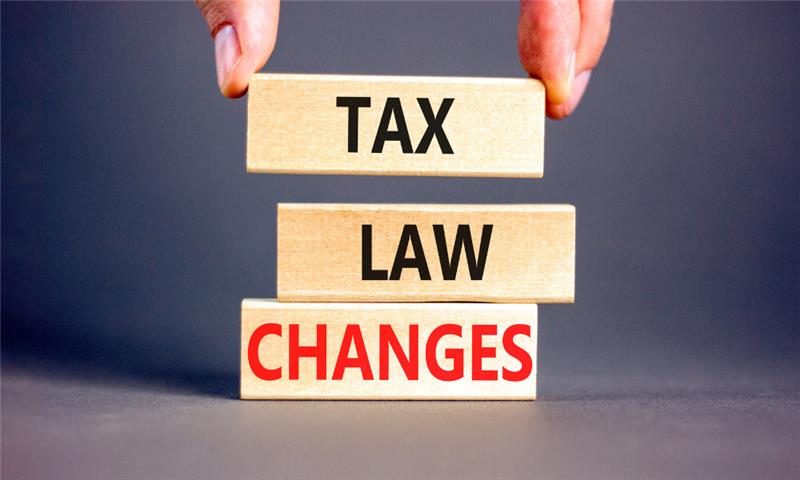Intellectual property (or IP) is an original creation or invention by a natural person or a juridical entity, expressed either as a tangible or an intangible thing, regardless of whether it is for profit or not.
In other jurisdictions (countries or states), intellectual property may or may not be registered or not (although registering intellectual property is necessary for its protection against infringement). In other words, intellectual property is a creation of the mind, which is creditable under a specific inventor.
IP as a Property
Intellectual property is called a “property” since the laws and general principles on properties also apply to IP. Although this would depend on the laws of a specific jurisdiction, property laws and principles that also apply to IPs may include:
- acquisition of a property through ownership
- loss of ownership or rights through various means
- transfer of rights or of ownership through legal methods
- necessity of registration under the regulating authorities
- judicial prosecution of illegal acquisition of property, both criminally and civilly
Does intellectual property have legal protections in Canada?
Each intellectual property has legal protection through different legal remedies available to a creator or inventor. After registration (except for copyright and trade secrets), IP inventors in Canada are granted the exclusive right to own, use, sell, and – most importantly – protect their IP creations against infringement and theft.
What are intellectual properties in Canada?
There are five types of intellectual property protections in Canada:
- Patents
- Industrial Designs
- Trademarks
- Trade Secrets
- Copyright
Some Canadian laws also protect Plant Breeder’s Rights and Geographical Indications as IPs.
Québec’s civil law and IP laws may also apply differently, such as in the enforcement of infringement cases. To learn more about the province’s IP laws, contact an IP lawyer based in Québec.
1. Patents
Patents are protections granted to original inventions or creations. Canadian patents, their registration, and prosecution in case of infringement fall under the Patent Act of Canada.
Under this Act, an invention, to be protected under a patent, must be new and useful. A patent is new when it is the first of its kind; it is useful when it works at a practical level.
A patent for a new and useful creation or improvement may be applied for any of the following (Section 2, Patent Act):
- art
- process
- machine;
- manufacture
- composition of matter
However, based in the ruling of Harvard College v. Canada (Commissioner of Patents), by interpreting Section 2 of the Patent Act, it is clear that certain subject matters may not be patentable because they are not within the meaning of the term “invention” under this Act.
Subject matters that are not patentable are discussed in the regulations set by the Manual of Patent Office Practice, which are specified as:
- scientific principles and abstract theorems
- methods of medical treatment or surgery
- higher life forms
- forms of energy
- features of solely intellectual or aesthetic significance
- printed matter that has purely intellectual or aesthetic significance, except when the printed matter provides a new functionality
- fine arts
- schemes, plans, rules, and mental processes
- games
2. Industrial Designs
Registered industrial designs protect the unique appearance or visual features of a thing or a product. This is covered under the Canadian Industrial Design Act. A design or an industrial design is a visible feature, or a combination of these features applied on a finished article, where the feature appeals or is judged solely by the eye (Section 2, Industrial Design Act). These features include the finished article’s:
- shape: the product’s external form or outline
- configuration: the arrangement of the parts of the product
- pattern: similar or repeating decorative design of the product
- ornament: other decorations on the surface of the product
While an industrial design must be novel or new, what distinguishes industrial designs from the other IPs is that industrial designs are based on a product’s appearance, and not on:
- the material that it is made of;
- the procedure of its creation; or
- its use or importance
3. Trademarks
Governed by the Trademarks Act, a Canadian trademark protects a specific brand which helps distinguish it from other brands.
A trademark is either a sign or combination of signs, such as symbols, words, textures, images (moving or not), shapes, colors, modes of packaging, scents, among others (Section 2, Trademarks Act).
There are two kinds of trademarks that can be registered under the Act:
- an ordinary mark: used to distinguish a particular business’s goods or services from other businesses or competitors;
- a certification mark: used to identify that certain goods or services meet a standard defined by government regulating authorities.
Here's a short video explainer on patents, trade secrets and copyrights:
If you’d like to learn more about intellectual property, contact one of our legal IP experts throughout Canada.
4. Trade Secrets
Trade secrets are highly prized, confidential information that gives a business an edge over its competitors. Since there is no federal law governing trade secrets, an individual or an organization may decide on its own what business information will constitute as trade secrets and set up its protection accordingly. Some common examples of trade secrets are:
- formula or recipe
- industrial method or technique or process
- IT program or source code
- marketing data such as list of clients, or research data
5. Copyright
Copyright is the protection of a creator’s original and creative works against unconsented reproduction or copying. Registration of copyrights is governed by the Copyright Act of Canada.
A copyright may fall under any of the following:
- any literary, dramatic, non-dramatic, artistic, or musical work, including computer program or software (Section 3, Copyright Act)
- a performance, including public performances, or when fixed in a recording or in a sound recording (Sections 15 and 26, Copyright Act)
- any sound recording (Section 18, Copyright Act)
- any communication signal (Section 21, Copyright Act)
See the list of the top-ranked computer and IT lawyers in Canada for consultation and advises.
Any questions regarding intellectual property as an inventor or as an IP rights holder? Let us know in the comments below.





